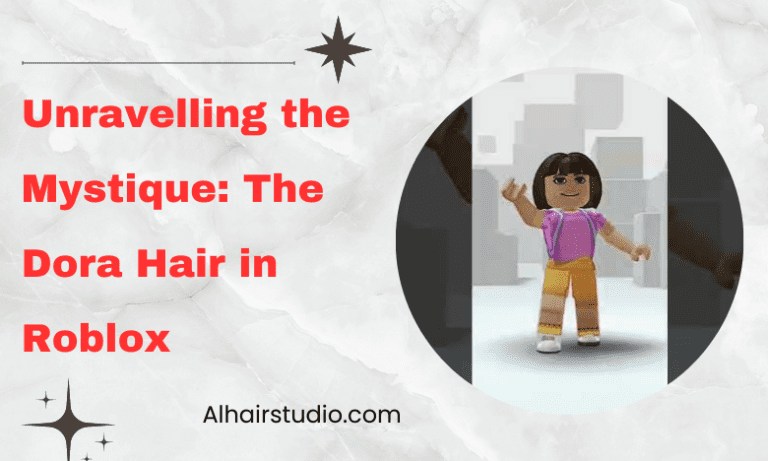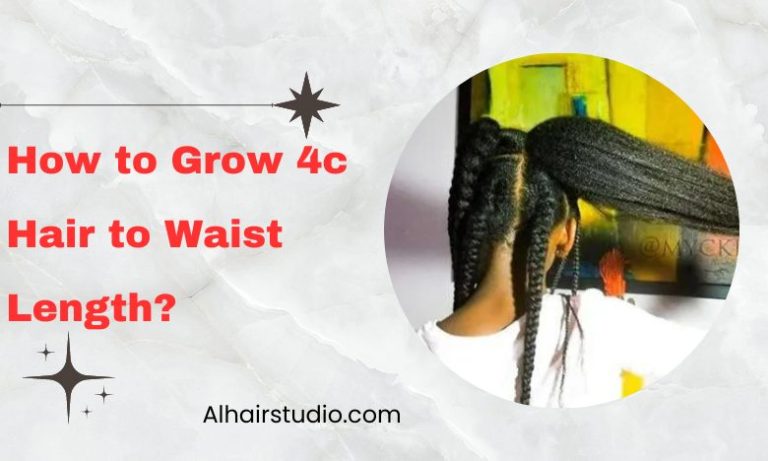How to Take Care of Low Porosity Hair?
Low porosity hair can be challenging, but you can achieve healthy and manageable hair with the right techniques and products. In this article, we will discuss How to Take Care of Low Porosity Hair?, how to determine if you have it, and the best ways to care for it.
What is Low Porosity Hair?

Porosity refers to your hair’s ability to absorb and retain moisture. Low porosity hair has tightly closed cuticles that make it difficult for moisture to penetrate. This means that products tend to sit on top of the hair rather than be absorbed, leading to dryness and breakage.
Characteristics of Low Porosity Hair
- It takes longer to get wet
- Products sit on top of the hair
- It takes longer to dry
- Hair feels dry and straw-like
- Prone to product buildup
- Limited product absorption
Causes of Low Porosity Hair
Low porosity hair can be genetic or caused by damage from heat styling, chemical treatments, or environmental factors. You are more likely to have low porosity hair if you have naturally curly hair.
How to Determine Your Hair’s Porosity
To determine your hair’s porosity, take a strand and slide your fingers up the shaft from the end to the root. If you feel little resistance, your hair has high porosity. If you feel some resistance, your hair has normal porosity. If you feel a lot of resistance, your hair has low porosity.
The Best Ways to Care for Low Porosity Hair
How to Take Care of Low Porosity Hair? Every person who have low porosity hair issue can ask this question. so will discuss best ways to solve this issue.
1. Clarify Your Hair

Low-porosity hair is prone to product buildup, so it’s important to clarify your hair regularly to remove any excess product. Use a clarifying shampoo once a month to remove buildup and give your hair a fresh start.
2. Use Warm Water
Warm water helps to open up the hair cuticle, allowing moisture to penetrate. Use warm water when washing your hair and rinsing out the conditioner.
3. Deep Condition Regularly
Deep conditioning is important for low-porosity hair because it helps moisturize and strengthen it. Use a deep conditioner once a week to help nourish your hair.
4. Use Protein Treatments Sparingly
While protein is important for maintaining healthy hair, too much protein can damage low-porosity hair. Use protein treatments sparingly and only when your hair needs it.
5. Seal in Moisture
After applying your leave-in conditioner or styling products, use an oil or butter to seal in moisture. This will help to keep your hair hydrated throughout the day.
6. Use Lightweight Products
Heavy products can weigh down low-porosity hair and make it look greasy. Use lightweight products, such as serums and leave-in conditioners, to help moisturize your hair without weighing it down.
7. Avoid Heavy Oils and Butters
Heavy oils and butters can be difficult for low-porosity hair to absorb. Instead, opt for lighter oils such as argan or jojoba oil, which can penetrate the hair shaft without weighing it down.
8. Limit Heat Styling
Heat styling tools can damage low porosity hair, so limiting their use is best. If you must use heat styling tools, use a heat protectant spray and keep the temperature as low as possible.
Recommended Products for Low Porosity Hair
When choosing products for low porosity hair, look for lightweight, moisturizing products that won’t weigh your hair down. Here are some recommended products:
- Kinky Curly Knot Today Leave-In Conditioner
- Shea Moisture Jamaican Black Castor Oil Leave-In Conditioner
- Camille Rose Naturals Curl Love Moisture Milk
- Mielle Organics Avocado Moisturizing Hair Milk
- Giovanni Direct Leave-In Weightless Moisture Conditioner
Conclusion
Caring for low porosity hair requires extra effort, but you can achieve healthy and manageable hair with the right techniques and products. Remember to clarify your hair regularly, use warm water when washing, deep condition regularly, seal in moisture, use lightweight products, avoid heavy oils and butters, and limit heat styling. Following these tips lets you keep your low porosity hair looking and feeling its best.
This is all about “How to Take Care of Low Porosity Hair?” Now take care of it and enjoy you healthy hairs.





